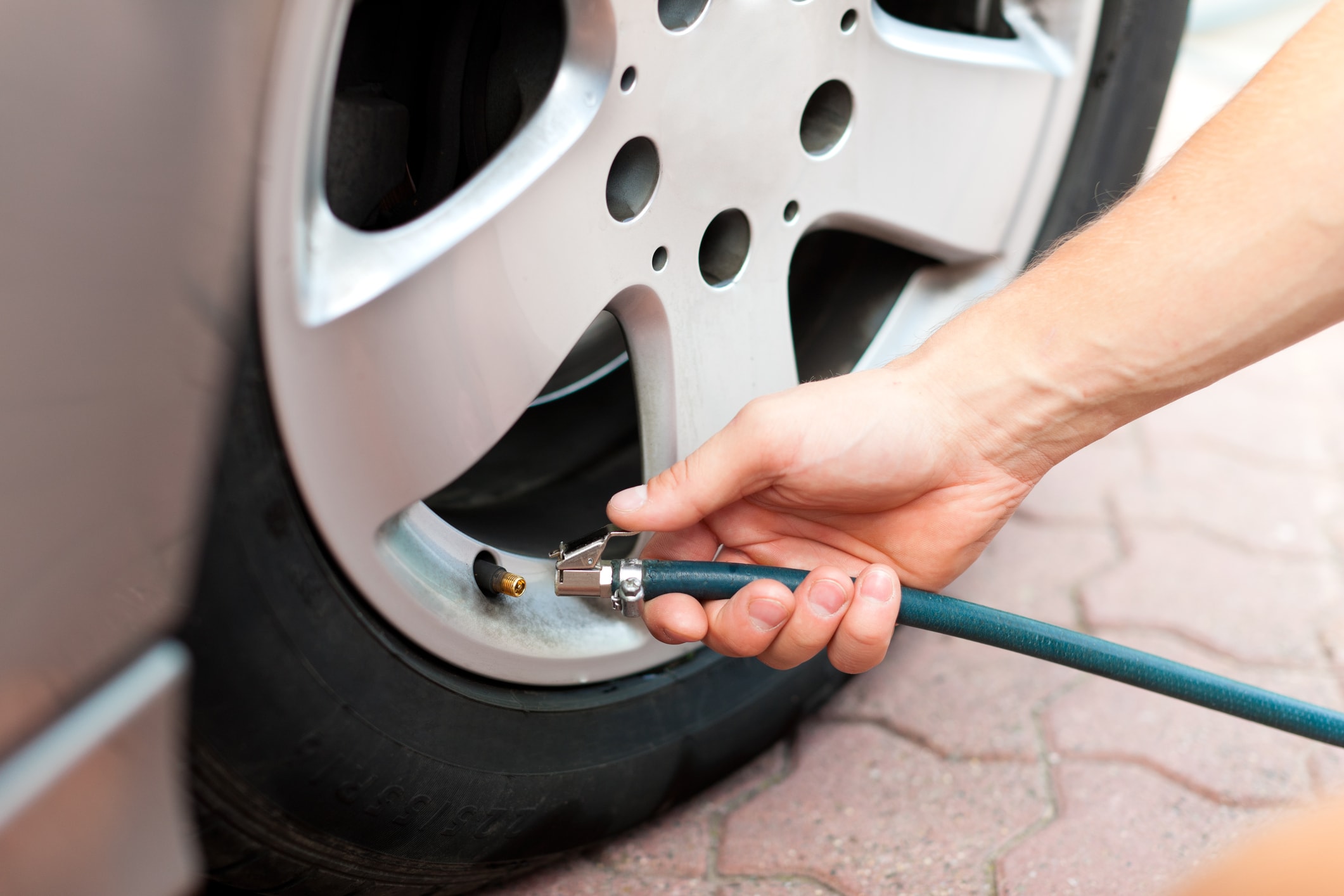
Ensuring your tires are always correctly inflated is something that’s very beneficial to your vehicle, as your tires will wear evenly, your fuel economy will be improved, and the life of your tire will be prolonged. When they’re correctly inflated, tires will perform as they were intended to, so your car will handle better and your traction will be dependable.
Tire Pressure Dangers
If your tire pressures are low, it can increase braking distances, and can make your steering and handling less responsive. In the event of needing to suddenly swerve, for example, to avoid a collision, this can be particularly dangerous.
Another particularly negative aspect of having tires that are the wrong pressure is that this it allows the sidewalls to flex excessively, thus generating heat, that can either accelerate the wearing of the tread, or in cases of high heat, can lead to the loss of segments of tread or even to blowouts.
If your tires are overinflated, you’re facing much less of an issue as modern tires are able to withstand higher pressures than are usually recommended. However, if your car tires are regularly or consistently overinflated, they will wear more through the center of the tread, will need to be replaced more quickly than properly inflated tires, and will provide a worse quality ride.
Tire Pressure Top Tips
If you’re thinking of excellent ways to maintain your tires, take a look at these tire pressure top tips –
- Set your tires to the pressures shown on your tire information placard or vehicle owner’s manual.
- Check and adjust your tire pressures regularly, no less than once a month.
- Check pressures before driving, preferably in the morning, when the tires are at rest and are not hot.
- Check your tires when the seasons change is particularly important. Remember that differences in temperature can affect your tire pressure. For example, warm weather may cause your tire pressure to increase, whereas cold weather will potentially cause your pressure to drop. TGet into the habit of keeping a good quality tire pressure gauge in the glove compartment of your car.
- Keep an eye on your vehicle’s own inbuilt tire pressure monitoring system (TPMS) to see whether your tires are below the recommended pressure, so you can act immediately, using your tire pressure gauge.
- Increase your tire pressures for long-distance travel, carrying heavy loads, and for towing if it’s recommended by your vehicle manufacturer.
Getting into the habit of checking your tires is something that all drivers should do, as well as having good auto insurance so should the worst ever happen, you won’t be facing a huge bill.